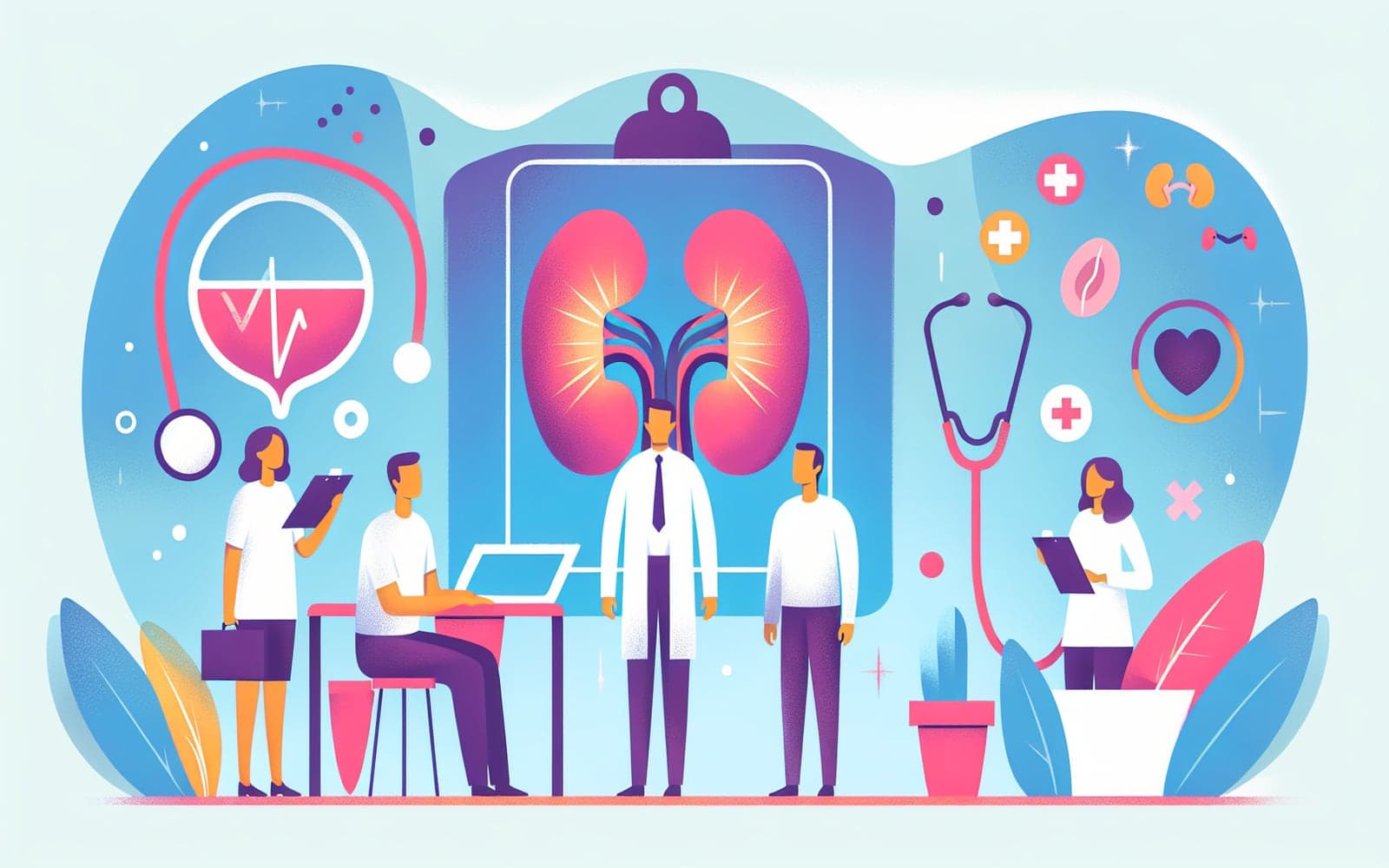How Are Kidney Stones Diagnosed?
Published: Jun 20, 2024
Diagnosing kidney stones accurately is crucial for effective treatment. Let's explore the tests that help pinpoint these painful deposits.
Contents
Imaging Tests
Noncontrast CT scans are the preferred method for diagnosing kidney stones in nonpregnant adults. This imaging test provides a clear view of the kidneys and urinary tract, helping detect stones and assess their size and location. For pregnant women, an ultrasound is the safer alternative, as it avoids radiation exposure while adequately detecting signs of obstruction.
Laboratory Testing
Laboratory tests, including a basic metabolic panel and urinalysis, are essential in the diagnosis process. These tests help assess kidney function, detect hematuria (blood in urine), and identify any signs of a urinary tract infection. Combining these results with imaging tests ensures a comprehensive diagnosis.

Alternative Diagnostic Methods
In some cases, other diagnostic methods like intravenous pyelography or digital tomosynthesis might be used. While not as common, these tests can provide additional information when CT or ultrasound is unavailable. They can also assist in the follow-up of patients with a known history of nephrolithiasis.
Frequently Asked Questions
A noncontrast CT scan is the most accurate test for kidney stones.
A metabolic panel and urinalysis are used to assess kidney function.
Ultrasound is the preferred test for diagnosing stones in pregnant women.
Yes, intravenous pyelography and digital tomosynthesis can be alternatives.
Key Takeaways
Could the right test make all the difference in managing kidney stones?
Explore diagnostic options with Doctronic to detect kidney stones early.Related Articles
References
Smith-Bindman R, Aubin C, Bailitz J, et al. N Engl J Med 2014; 371:1100.
Fulgham PF, Assimos DG, Pearle MS, Preminger GM. J Urol 2013; 189:1203.
Always discuss health information with your healthcare provider.

